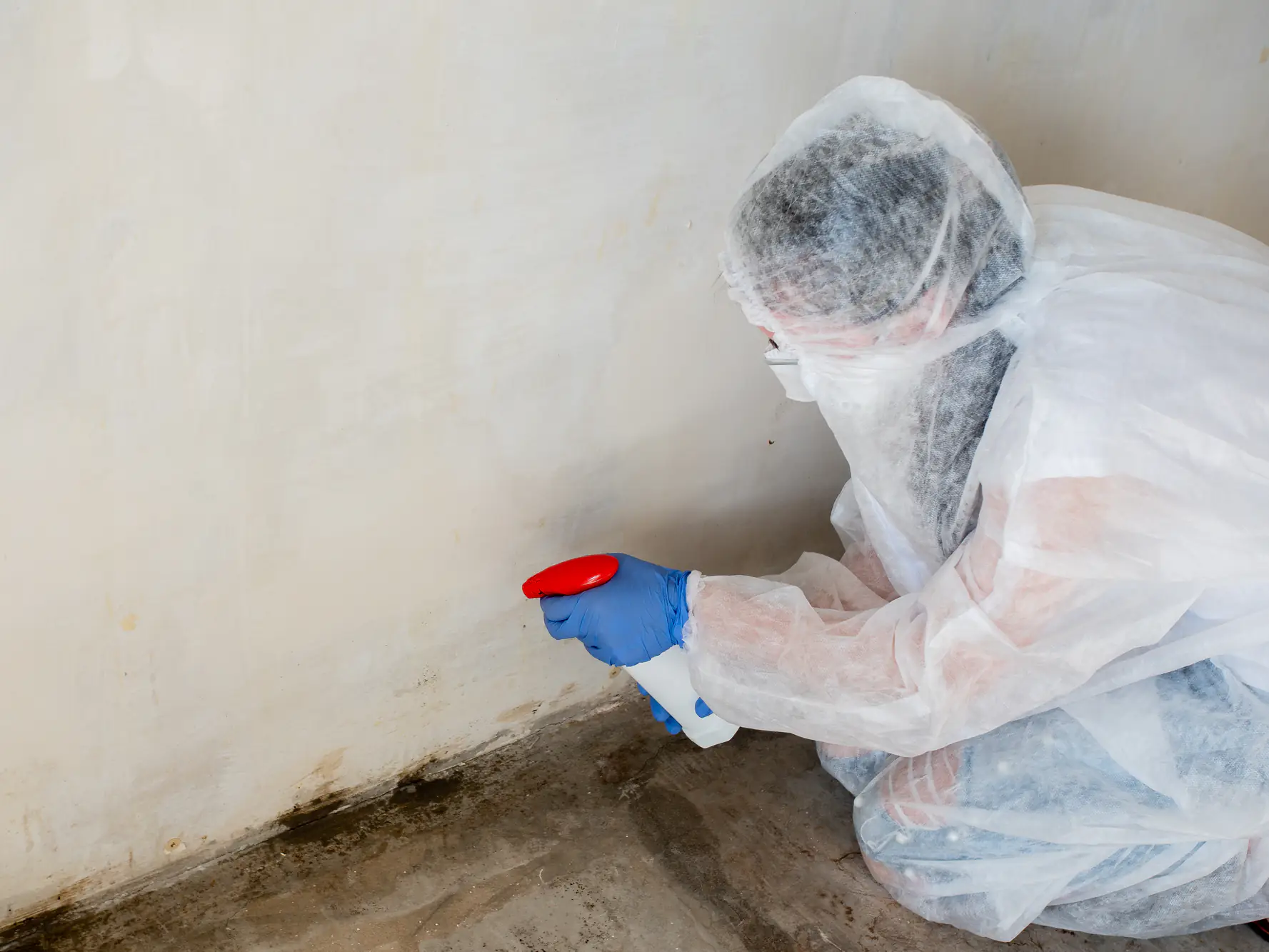
Hear from Our Customers
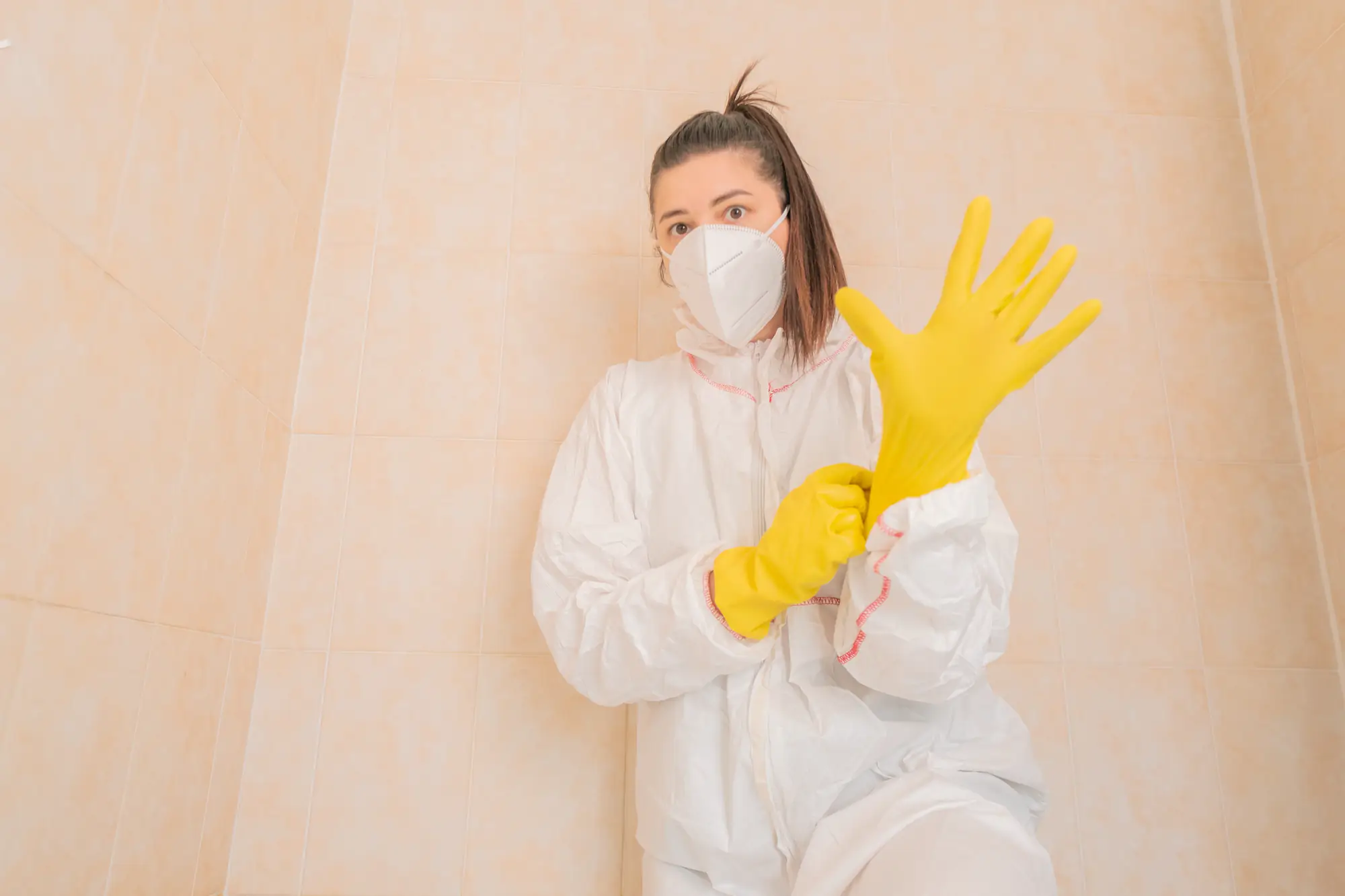
You shouldn’t have to worry about what’s growing in your walls or what your family is breathing every day. When we’re done, you’ll walk into rooms that smell fresh instead of musty. Your kids can play without triggering coughing fits. You’ll sleep better knowing the air in your bedroom won’t make you sick.
The headaches, the constant sneezing, that tight feeling in your chest when you’re downstairs—all of that goes away when the mold does. Your home becomes the safe haven it’s supposed to be, not a place that makes you feel worse every time you walk through the door.
We’ve been helping Wheat Sheaf families deal with Pennsylvania’s humidity challenges for years. We understand how quickly mold spreads in basements during wet seasons and why it keeps coming back in poorly ventilated areas.
What sets us apart isn’t just our EPA-approved methods or professional equipment. It’s that we actually find the source of your moisture problem and fix it, so you’re not calling someone else in six months. We’ve seen too many families get taken advantage of by companies that just spray bleach and call it done.
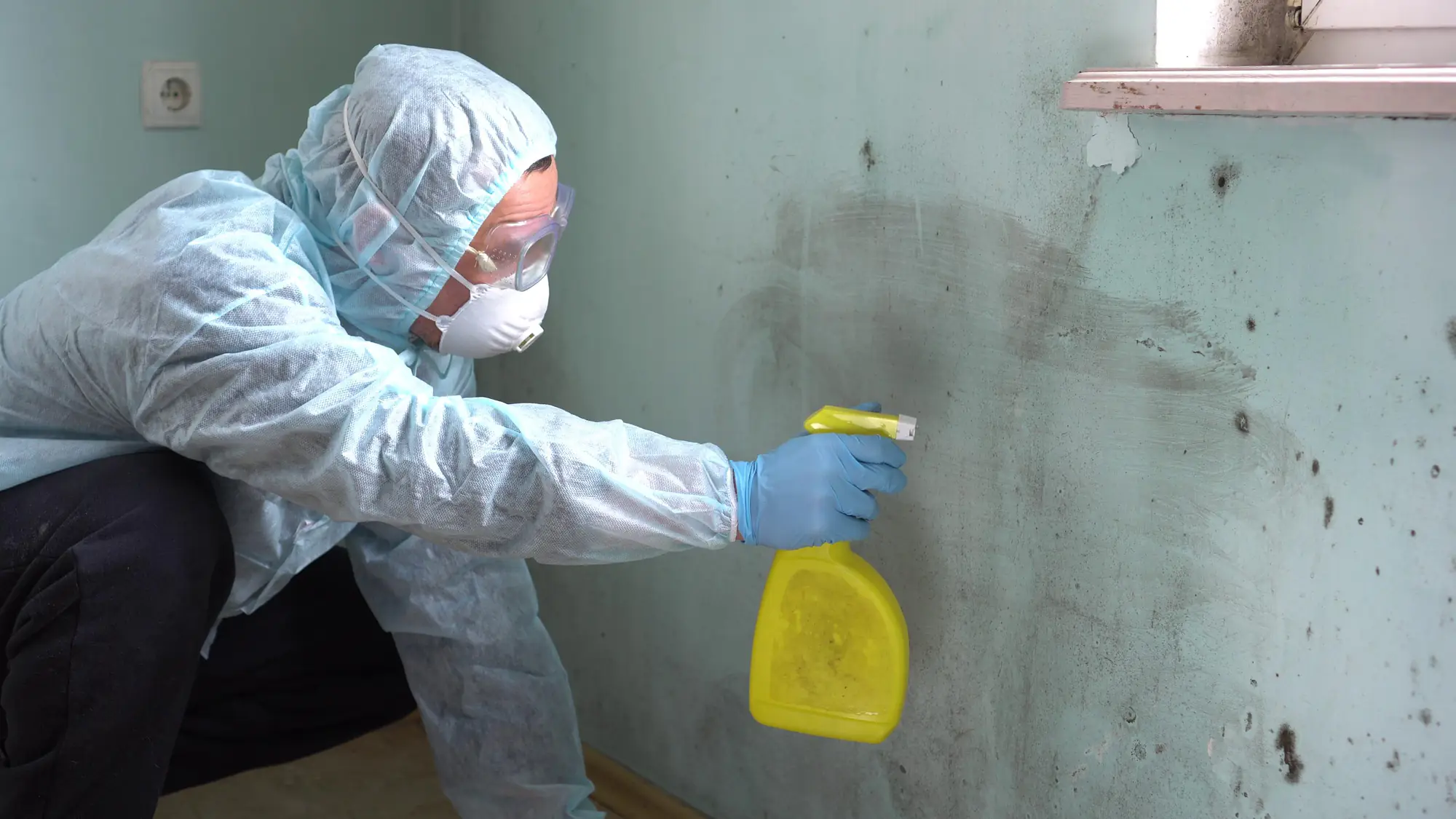
First, we inspect every inch of your property, including spaces you can’t see—wall cavities, behind appliances, under flooring. We’re looking for both visible mold and the moisture sources that feed it.
Next, we contain the affected areas with plastic sheeting and negative air pressure systems. This keeps mold spores from spreading to clean areas while we work. Then we remove contaminated materials that can’t be saved and clean everything that can be with professional-grade antimicrobial treatments.
Finally, we address the root cause. Leaky pipes, poor ventilation, humidity issues—whatever’s creating the perfect environment for mold gets fixed. That’s how we make sure your problem stays solved.
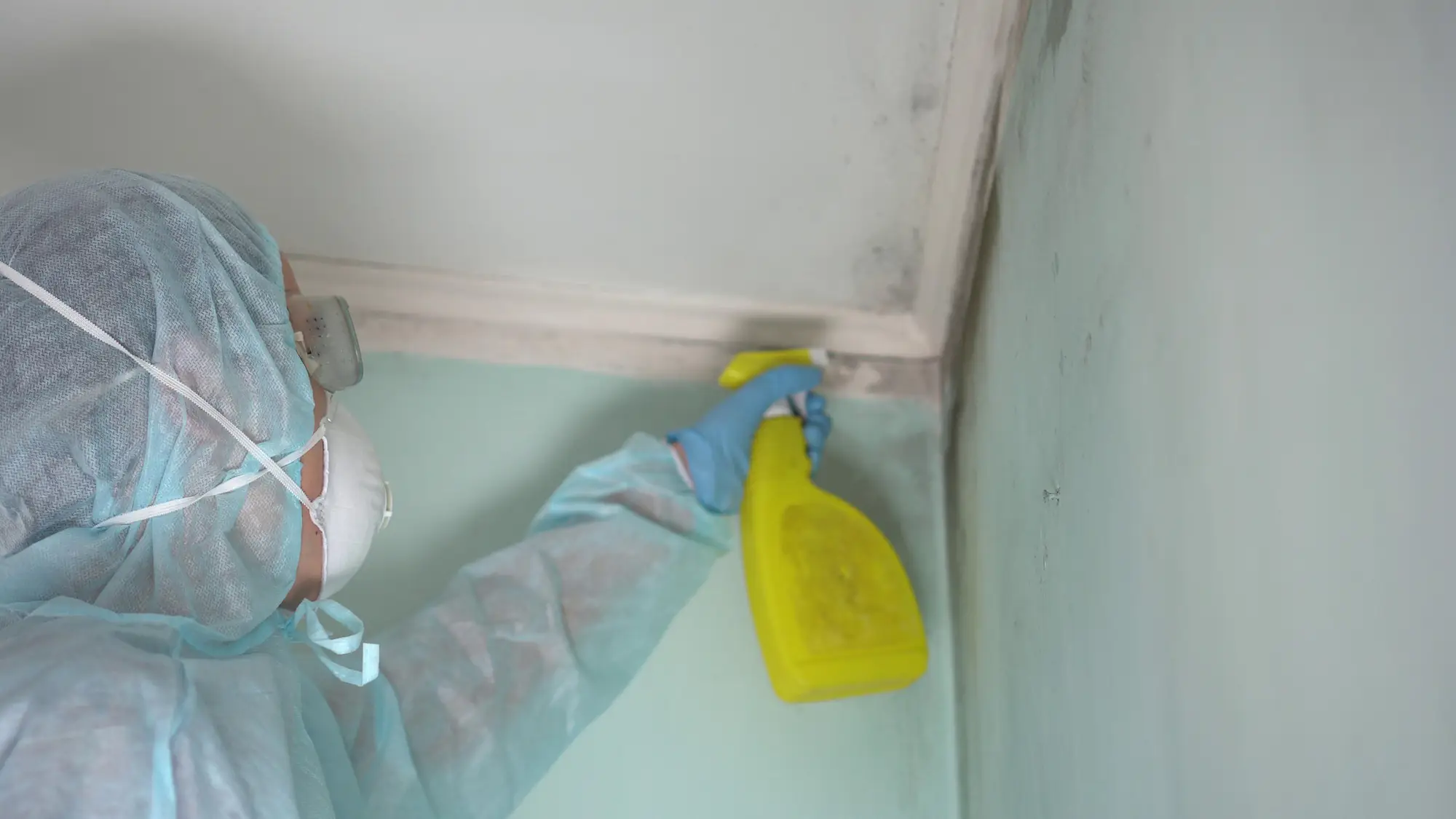
Ready to get started?
Our service includes everything you need to get your mold problem completely resolved. We start with free inspections that identify all affected areas, not just the obvious spots. You get detailed testing to determine exactly what types of mold you’re dealing with and how extensive the contamination is.
Pennsylvania’s humid climate makes Wheat Sheaf homes particularly vulnerable to mold growth, especially in basements and areas with poor air circulation. We see this constantly in older homes where moisture gets trapped and creates perfect breeding conditions. Our local experience means we know exactly where to look and how to prevent future growth.
After removal, we provide complete restoration services to get your home back to its original condition. That includes replacing drywall, flooring, and any other materials that had to be removed during the process.
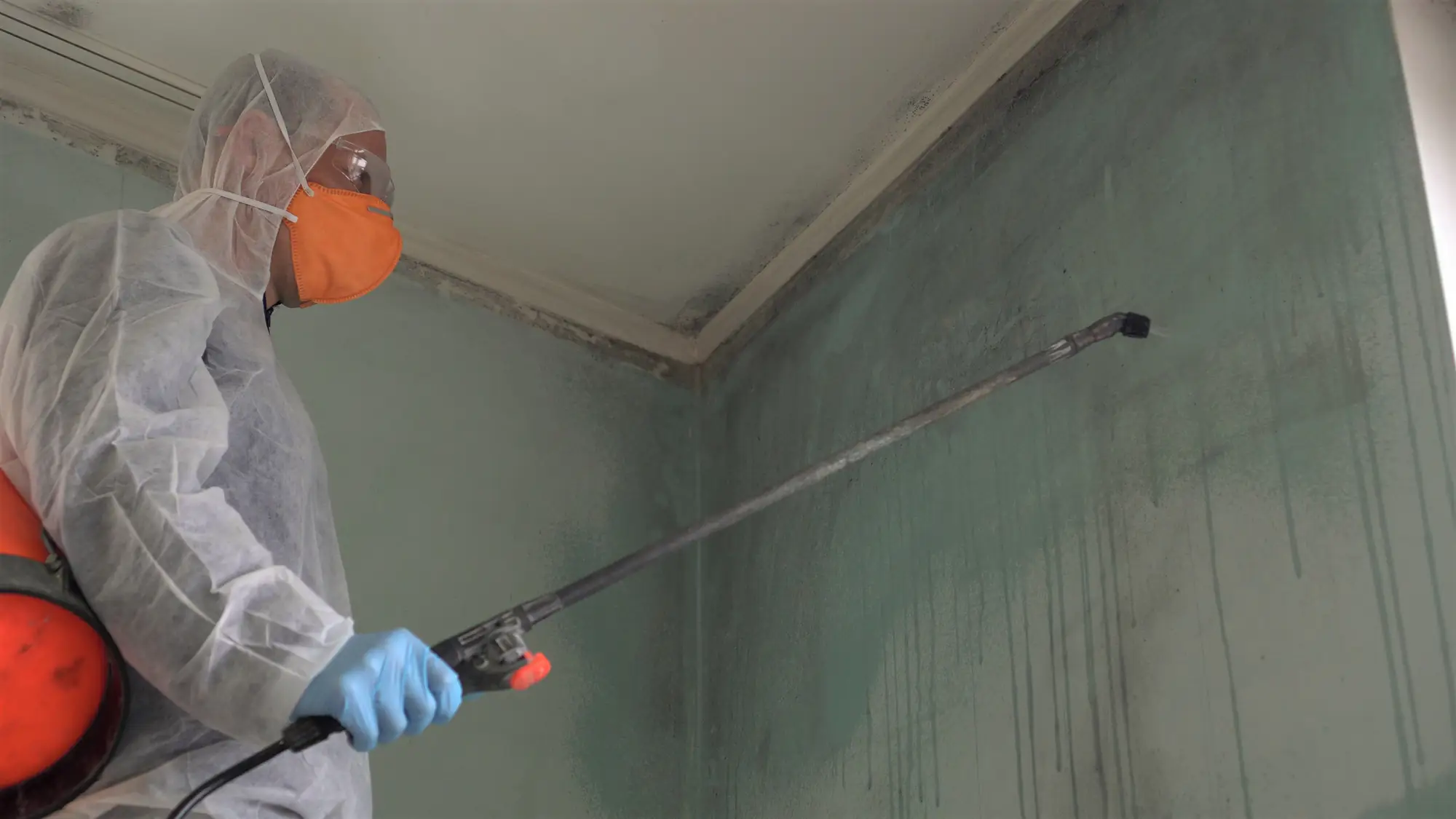
The most obvious signs are visible mold growth and persistent musty odors that don’t go away even after cleaning. You might notice dark spots on walls, ceilings, or around windows, or fuzzy growth in damp areas like basements or bathrooms.
Health symptoms can also indicate a mold problem. If you or your family members are experiencing unexplained respiratory issues, frequent headaches, or allergy-like symptoms that get worse when you’re at home, mold could be the culprit. These symptoms often improve when you’re away from the house.
Don’t ignore water damage, even if it seems minor. Any area that’s been wet for more than 24-48 hours can start growing mold, and it often happens in places you can’t see—inside walls, under flooring, or in HVAC systems.
Mold removal typically refers to the physical process of cleaning visible mold from surfaces. It’s what most people think of when they hear “mold cleanup”—scrubbing walls, throwing out contaminated materials, and making things look clean again.
Mold remediation is much more comprehensive. It includes removal, but also addresses the underlying moisture problems that caused the mold in the first place. True remediation involves containment procedures, air filtration, moisture control, and prevention strategies to keep mold from coming back.
The difference matters because you can remove all the visible mold and still have a recurring problem if you don’t fix the root cause. Professional remediation ensures you’re not dealing with the same issue again in a few months.
Most residential mold remediation projects take between one to five days, depending on the extent of the contamination and the size of the affected area. Small, contained problems might be resolved in a day or two, while extensive infestations can take a week or more.
The timeline depends on several factors: how long the mold has been growing, what materials are affected, and whether structural repairs are needed. Porous materials like drywall and carpet often need to be completely removed and replaced, which adds time to the project.
We always give you a realistic timeline upfront, and we’ll let you know immediately if we discover additional contamination that might extend the work. The key is doing it right the first time rather than rushing through and having problems resurface later.
It depends on the size and location of the mold problem, but in many cases, you can stay in your home during remediation. We use containment barriers and negative air pressure systems to isolate work areas and prevent mold spores from spreading to unaffected parts of your house.
For smaller jobs confined to specific areas like a basement or single room, you’ll typically be able to use the rest of your home normally. However, if the contamination is extensive or affects your HVAC system, we might recommend temporary relocation for your family’s safety.
We’ll always be upfront about whether it’s safe for you to stay. If there are health concerns—especially if anyone in your household has asthma, allergies, or compromised immune systems—we’ll recommend the safest approach, even if it’s inconvenient.
Mold remediation costs vary significantly based on the size of the affected area, the type of materials involved, and how extensive the moisture damage is. Small, localized problems might cost a few hundred dollars, while major infestations requiring structural repairs can run into thousands.
We provide free inspections and upfront pricing before any work begins, so you’ll know exactly what to expect. Many homeowners insurance policies cover mold remediation if it’s related to a covered water damage event, and we work directly with insurance companies to help with the claims process.
The most expensive mold problem is the one you ignore. Early intervention almost always costs less than waiting until the contamination spreads or causes structural damage. That’s why we offer free inspections—so you can make informed decisions before small problems become big ones.
Don’t panic, but don’t ignore it either. First, avoid disturbing the mold if possible—touching it or trying to clean it yourself can release spores into the air and spread the contamination. Keep children and pets away from the affected area.
If the moldy area is larger than about 10 square feet, or if you’re dealing with sewage-related water damage, call a professional immediately. For smaller spots, you can try cleaning with detergent and water, but make sure to wear protective equipment and ventilate the area well.
Most importantly, identify and fix the moisture source. Whether it’s a leaky pipe, poor ventilation, or humidity issues, mold will keep coming back until you address what’s feeding it. If you’re not sure about the extent of the problem or the underlying cause, give us a call for a free inspection.
Other Services we provide in Wheat Sheaf